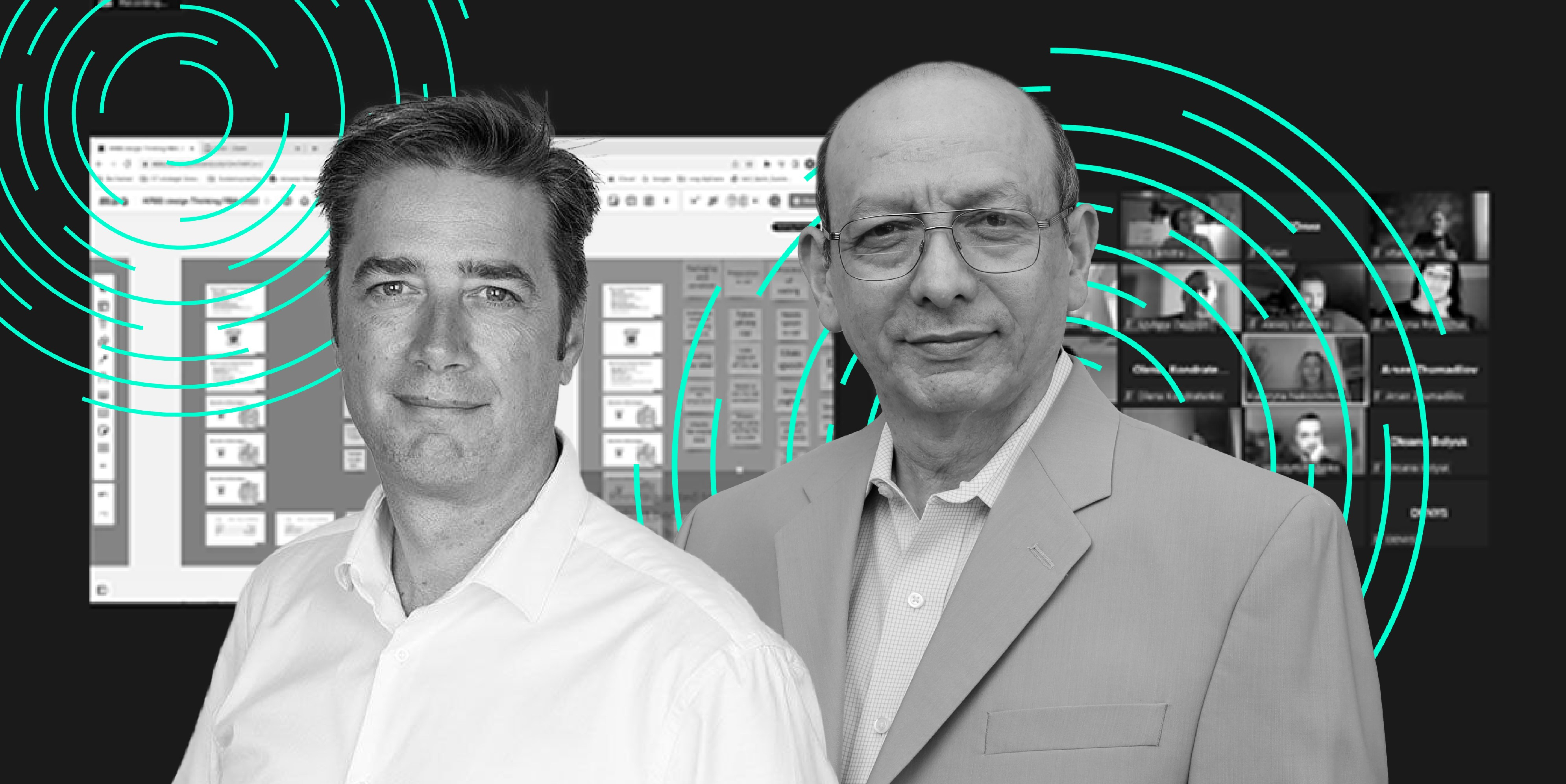Learn first
KMBS latest news in real time

For the latest KMBS events and news, visit KMBS Live at the top right corner of the screen
Open kmbs live
19.07.2022
International
Studying in an international context
Executive MBA training at kmbs is about broad contexts, large systems, and complex interactions. Therefore, MBA participants constantly work with international teachers to analyze global processes, cases, and test methodologies.

Find out kmbs news and events first
kmbs
live

Новий подкаст: "Стратегічна гнучкість: як аналітичне мислення допомагає адаптуватись до мінливих умо ...






